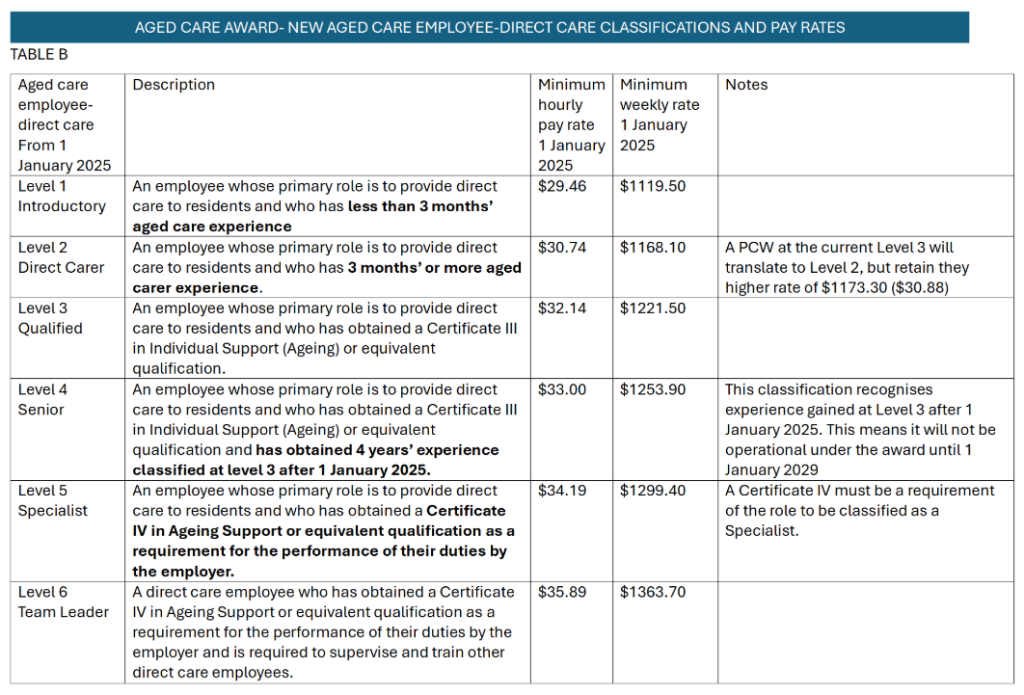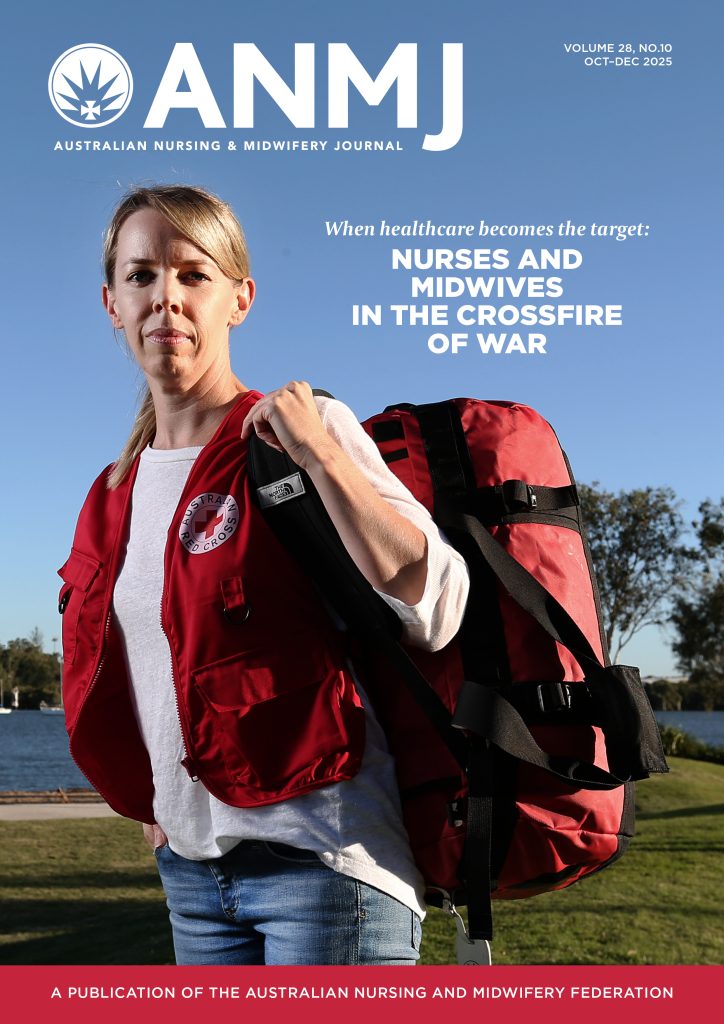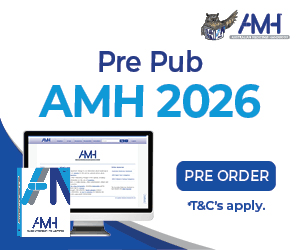If you are a PCW working in residential aged care, you can expect some changes to your pay and classification at the start of 2025.
Background
PCWs, now referred to as an ‘Aged care employee- direct care’, (direct care worker) under the Aged Care Award will receive an increase to minimum award rates effective from 1 January 2025. In addition, the classification structure for direct care workers will change to a new structure.
Here are some questions and answers to help you understand the changes.
Why are these changes occurring?
In 2021 the ANMF commenced a work value case at the Fair Work Commission (FWC) to improve award wages for nurses and personal care workers in the aged care sector. The ANMF case, together with an application made by the HSU sought increased minimum wages and an improved classification structure for personal care workers (PCWs) covered by the Aged Care Award 2010.
Our case has been successful. You may recall in July 2023 award rates for PCWs increased by 15%.
In March 2024, the FWC made its final wage rates decision for PCWs, together with all other aged care employees, except for nurses.
This is great news for aged care workers. For example, a PCW with a Certificate III will receive a total 23% increase in minimum award rates as a result of the work value case.
Changes from 1 January 2025
The FWC determined direct care workers will receive further increases after the initial 15% on 1 January 2025 and any final increase on 1 October 2025.
Table C below shows you the current award minimum hourly rate up to 31 December 2024 and what your new minimum hourly rate will be from 1 January 2025. Table C also shows you how you will translate from the current Aged Care Award classification structure to the new one.

What is changing in the Aged Care Employee- direct care structure?
Currently there are seven levels in the classification structure and each level has a generic description of the work performed at that level.
The new structure has 6 levels, with descriptors that indicate how skills and experience increase over time.
The new levels are:
Level 1- Introductory
Level 2- Direct Carer
Level 3- Qualified
Level 4- Senior
Level 5 – Specialist
Level 6- Team Leader.
Progression through levels
- Progression from level 1 to level 2 occurs after 3 months of experience at level 1.
- A direct care employee with a Certificate III in Individual Support (Ageing) or equivalent, will be appointed to Level 3.
- Progression from Level 3 to Level 4- Senior occurs after 4 years of experience at Level 3. Note: Only experience at Level 3 gained after 1 January 2025 counts towards progression to Level 4, meaning under the Aged Care Award, the Senior classification is not available until 1 January 2029.
- Appointment to Level 5 – Specialist holds a Certificate IV in Ageing Support or equivalent and the qualification is a requirement for the performance of the job.
- Appointment to Level 6- Team Leader holds a Certificate IV in Ageing Support or equivalent and it is a requirement of the job to supervise or train other direct care employees.
Will my wages change?
Table C shows current award rates and what they will be from 1 January 2025. These rates are the minimum safety net amount for each classification. If you are paid at award rates, you will receive the new minimum amount from your first pay period in January 2025.
It is important to note that a direct care employee currently classified at Level 3 will translate to Level 2- Direct Carer and retain the current higher minimum rate of $30.88.
If you earn more than the minimum you should also receive an increase in salary as the Commonwealth Government has funded all providers to pass on a wage increase to all aged care employees. The increase should be equivalent to the difference between the current award rate and the new rate.
For example, the current award rate for a Level 4 direct care employee is $31.24. From 1 January 2025, this classification translates to Level 3 and a new rate of $32.14, so you should receive an increase of receive an hourly rate increase of $ 0.90.
It will be important to check your enterprise agreement if you have one, or any information given to you by your employer about your pay rate. Contact your Branch if you have any questions or concerns about your pay rate.
Please see Table B below for more details about the Aged Care Employee-Direct Care structure.

If you have any questions about your role, classification and pay rates please contact your Branch here









6 Responses
Hello I have a question regarding the level 4 increase. I remember the increase for level 4 with certificate 3 is 23.7% and 23% for level 3, or is there any changes since the decision was made? Let’s say it’s 23% for now for new level 4. The new pay rate $33 for level 4 isn’t correct also. Our current pay rate for level 5 which is equivalent to the new level 4 is 32.3, subtract the 15 percent we have previously from the interim, gives us 28.086956521739. and we are getting 50% of the remaining pay rise from 1st of January, which is
23-15=8 and 8 divide by 2, which is 4, and the other 4 will happen in october, so in total we are getting 15+4=19 percent increase from the 1st of January. Now I multiply 28.086956521739 with 19% which should get us 33.423478260869, not 33, we are 42cents short. unless the increased percentage for level 4 provided isn’t correct. Could you look into this for me please. We need a percentage table for each level’s increase. Thank you very much.
Thank you for your question about the new wage rates for Level 4 direct care workers under the Aged Care Award. The Fair Work Commission published its decision on 15 March 2024, about how personal care workers (PCWs) under the Aged Care Award would translate to the new structure and what the new rates would be.
Under the new structure, an old Level 4 translates to Level 3 and receives a 23% increase, inclusive of the 15% awarded in 2023. A Level 5 (without a Certificate IV) translates to Level 4 and receives a total increase of 23.7%.
The new Level 4 Senior hourly rate has been set at $33.00 by the Fair Work Commission, effective from the first pay period after 1 January 2025. There will be a further increase applicable from 1 October 2025.
The ANMF raised concerns with the FWC about how the figure of $33.00 an hour was calculated, together with some general comments about what methodology was most suitable for arriving at the new rates under the classification structure. The FWC considered the ANMF’s concerns and advised in a statement dated 25 November 2024 that it was satisfied that the rates published in its determination were correct ( Statement [2024] FWC 3271). This means that the minimum award rate of $33.00 per hour for Level 4 Senior direct care worker is correct.
If you have any queries about your classification level or rate of pay, please contact your ANMF branch.
Where does a RAO with 3/4 yrs full time experience and hold a Cert IV in leisure and health fall exactly in the Levels? Is the Cert IV in leisure in health an equivalent to Cert IV in Ageing Support?
Thank you for your query about where a recreation and activity officers will sit in the new Aged Care Award structure. The new structure creates 6 Levels for direct care workers, which includes positions formerly described as personal care workers and recreational/lifestyle activity officers, providing services to residents.
An employee whose primary role is to provide direct care to residents who has obtained a Certificate IV in Ageing Support or equivalent as a requirement for the performance of their duties by the employer is classified at Level 5- Specialist.
A Certificate IV in leisure and health is considered equivalent to Ageing Support. In the new structure, however, the Certificate IV qualification must also be a requirement of the job. For the purposes of translation from the old structure to the new, it may be relevant to look at your current classification and the requirements of the role.
If you have any queries about your classification level or rate of pay, please contact your ANMF branch.
I worked as residential PCA at calvarycare at a melbourne site and it was $34.33 in August 2024, other aged care facilities are paying $34.90
Homecare DCW has always been underpaid, unfortunately PLUS you’re running your own car and not being paid to drive between jobs. This sector will continue to remain understaffed until in home care workers get paid at least 30 mins normal pay rate, not just 90 cents per km to drive between jobs, OUR TIME IS VALUABLE. Management get paid company cars yet spend most of the time working from home, so the ducks are already in a row, just the resources aren’t given to the staff doing the front line work. Clients can be difficult and their families confronting and often verbally abusive, workers de-escalate this stuff daily, yet the boss is WFH with a company car in the driveway
Hi, i am working as a PCA in melbourne since 2015 but my level is still level 3, I read that if you got Medication certificate and working in dementia section is equal qualification to level 4?